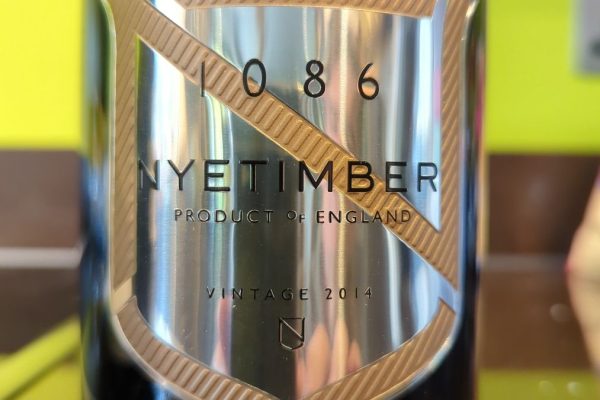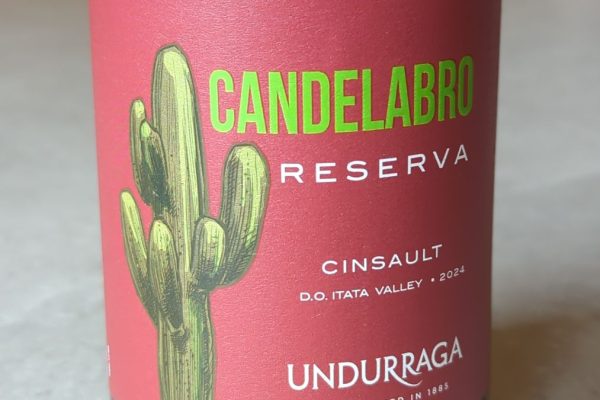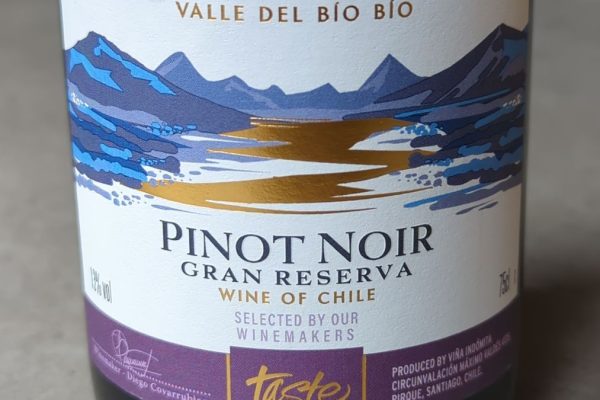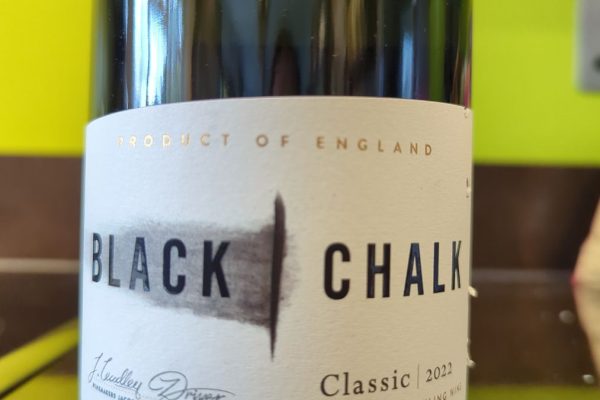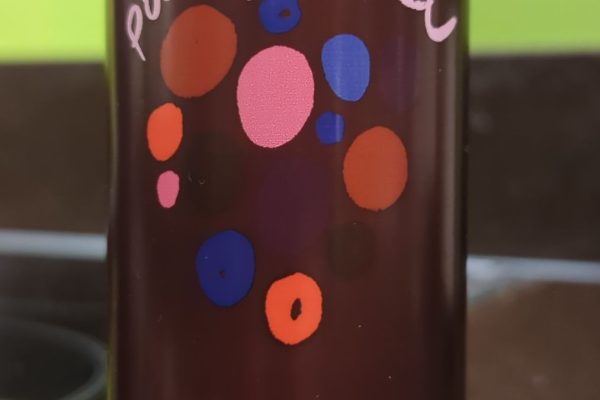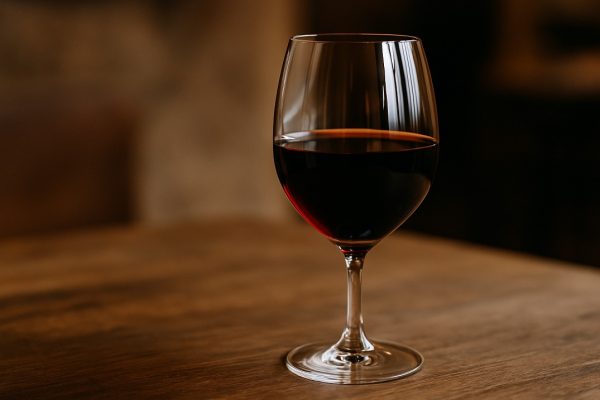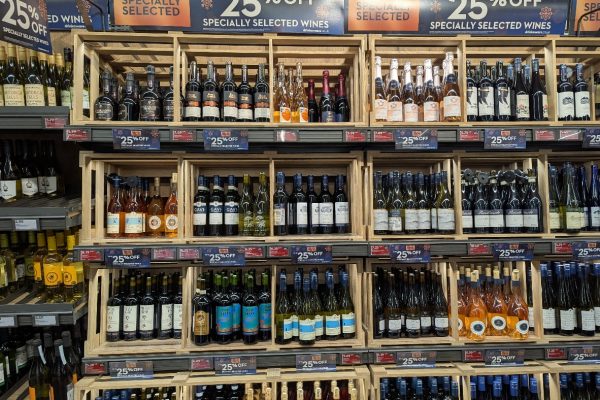Vacu-vin and copycat methods involve using a stopper that enables air to be drawn out of the bottle, thereby preventing the wine from oxidising. Oxidation can be detrimental to wine, causing it to lose its vibrancy in both colour and flavour. White wines may start to take on a brownish hue, while reds can lose their rich colour, turning to shades of russet or orange. Prolonged exposure to air can even lead to a wine’s acetaldehyde converting to acetic acid, rendering the wine vinegary.
The effectiveness of a vacuum system largely hinges on its ability to maintain the vacuum. The presence of a residual sucking sound, often perceived as evidence of a vacuum, doesn’t necessarily confirm that the vacuum has been effectively sustained. A more reliable method I’ve discovered to gauge the vacuum’s efficacy is to determine the number of pumps needed before the pump engages its click mechanism. If it clicks immediately, it indicates the vacuum remains intact. Note however, that not all Vacu-vin pumps have the click mechanism!
There’s a downside to creating a vacuum. Drawing air out of the bottle can also result in the removal of some volatile compounds responsible for the wine’s aroma. This extraction isn’t limited to the compounds that have already evaporated into the bottle. The vacuuming process can subsequently draw out compounds to fill the vacuum. While vacuum systems might indeed prevent oxidation, they could compromise the wine’s aroma. This raises the question: is the wine better off than if it were merely stoppered?
Research from the University of Houston provides some insights into this matter. They studied various wine closure methods and storage temperatures over a span of sixteen days. Although the vacuum system they employed differed from typical consumer pumps, the underlying principle is still the same. Their findings revealed that recorking and storing wine at room temperature was the least effective secondary storage method. However, combining vacuuming with storage at a cooler 10°C proved to be the most effective preservation method, even surpassing the use of inert gas injection.
Interestingly, the researchers had to rely on professional tasters for their study. A preliminary study indicated that naive individuals struggled to discern differences, prompting the question whether wine preservation efforts are worth it, if most of us can’t detect the nuances between wines. The study also highlighted that the efficacy of consumer vacuum pumps can vary, especially if users don’t diligently extract as much air as possible.
I’m a user of Vacu-Vin and, based on my personal experience, I believe its efficacy has changed over time. The older design, which featured two rings on the stopper, seemed to work effectively. However, the newer design, with a single ring stopper, appears to be more sensitive to the bottle neck width/regularity. Sometimes I find that there’s little or no vacuum when I return to wines sealed with the new design.
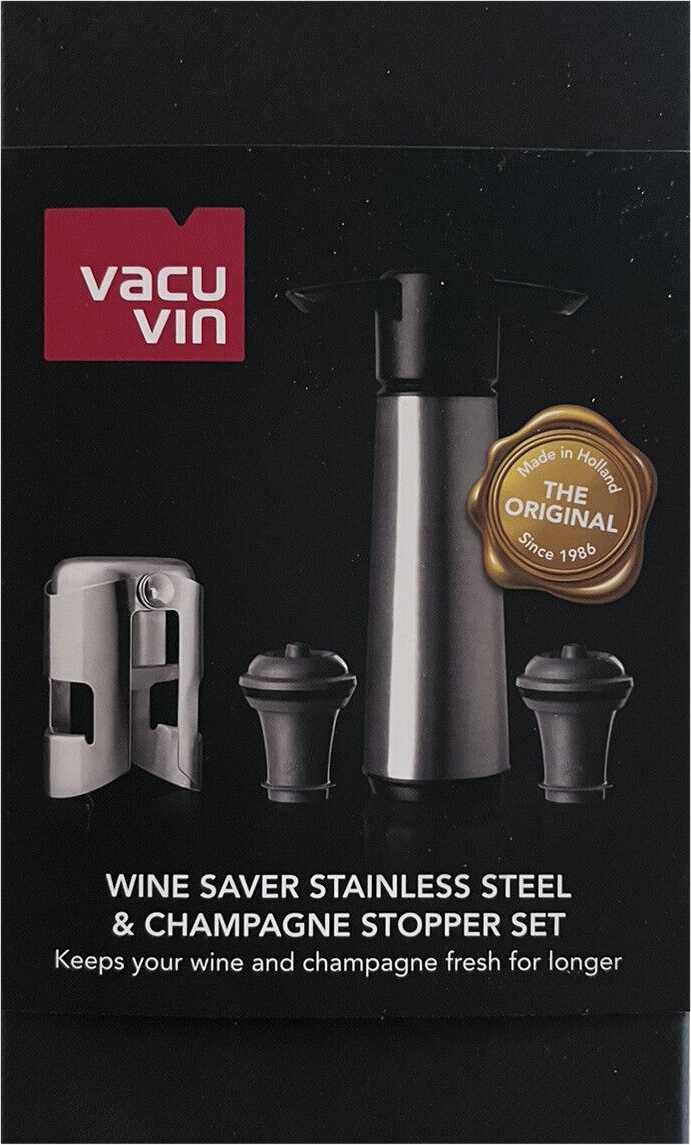
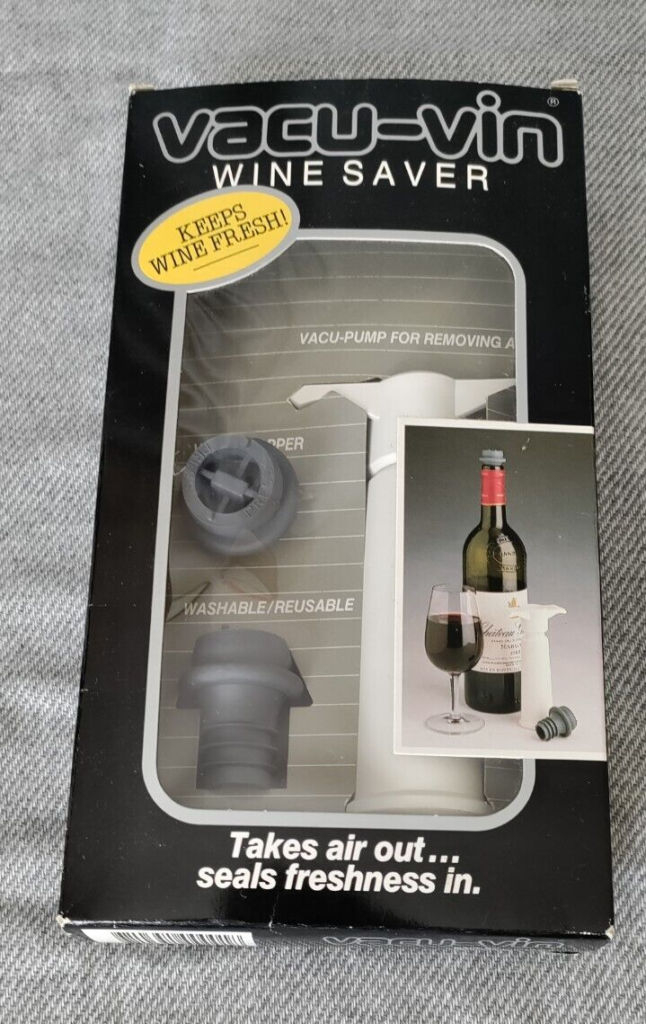
New and old Vacu-vin
In search of a reliable alternative to the newer Vacu-Vin stoppers, I stumbled upon the WOTOR on Amazon. The pump looks identical to the Vacu-Vin’s, almost to the point of imitation:
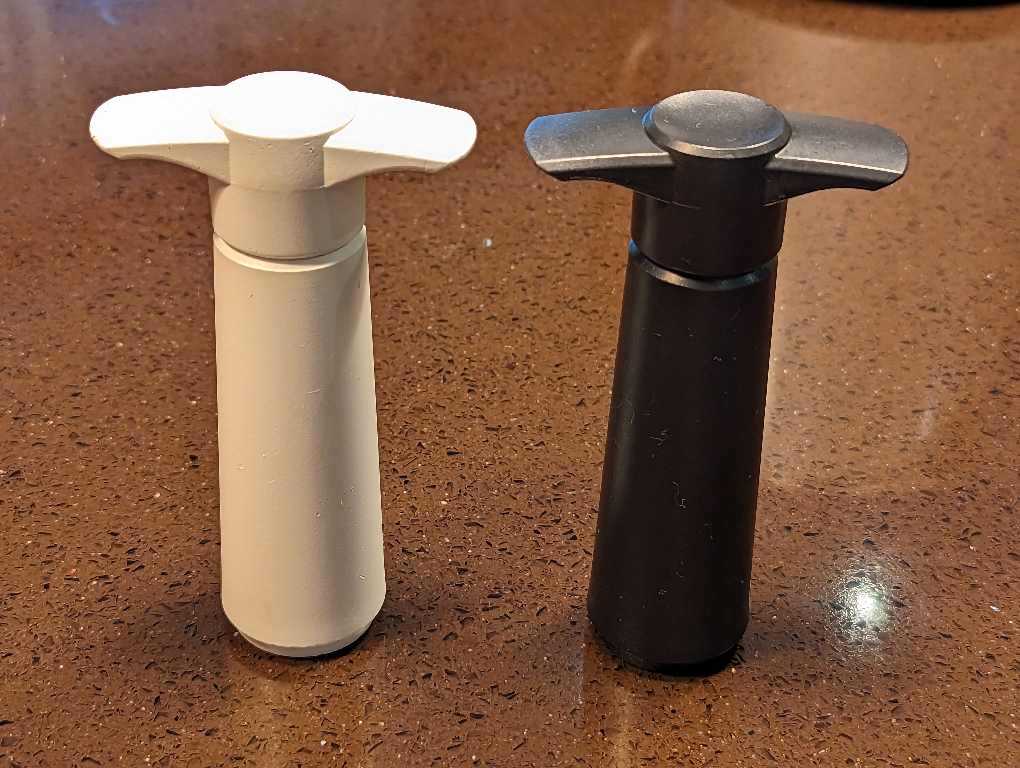
Vacu-vin (left) and WOTOR (right) pumps
However, the WOTOR pump clicks too early to indicate a full vacuum. Using the genuine Vacu-Vin pump on the WOTOR stopper, I found I could pump several times more before the Vacu-vin pump clicked. Alternatively, it’s also possible to pump more with the WOTOR pump, clicking all the while, to get the same vacuum.
The WOTOR stoppers employ a pin with a dome design. The dome covers a hole, which is vacuum-sealed in place.
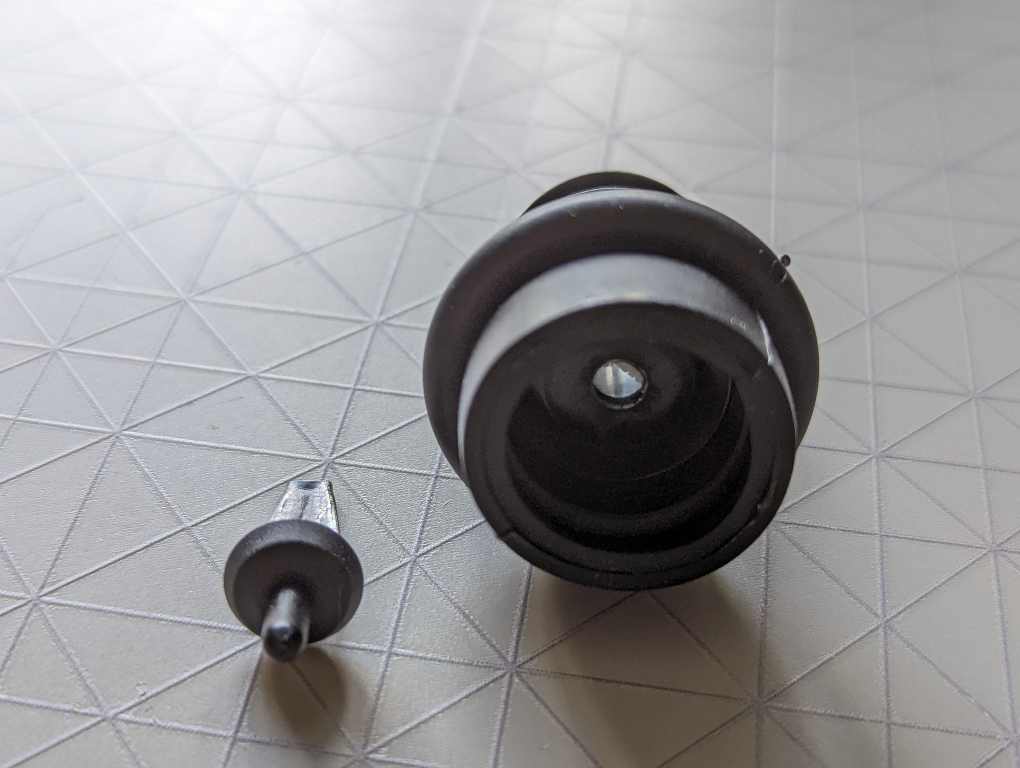
After a day, the Vacu-Vin pump requires one (Vacu-vin pump) pull to click when used on the WOTOR stopper, indicating some but minor leakage. In my view, while the WOTOR design greatly surpasses the new Vacu-Vin design, it falls short of the original Vacu-Vin’s performance that still clicks immediately when pumped after 24hrs.
Another unproven observation I have is that using a wine vacuum preservation system sometimes seems to enhance the aromas and flavours of wines that would typically benefit from decanting. When these wines are kept under vacuum, they often seem less tight and more open, as though the preservation method itself has allowed the wine to develop a more expressive character. However, this might have happened with an open bottle anyway.
Finally, in response to this article I heard from Markus Wine Co, a small production Lodi winery in Victor, CA, USA. They said that whenever they end up with partial bottles they pour into smaller containers so there is no air gap. Old salad dressing bottles that are 375ml with a screw cap work well. A pragmatic solution with no contentious ramifications.




